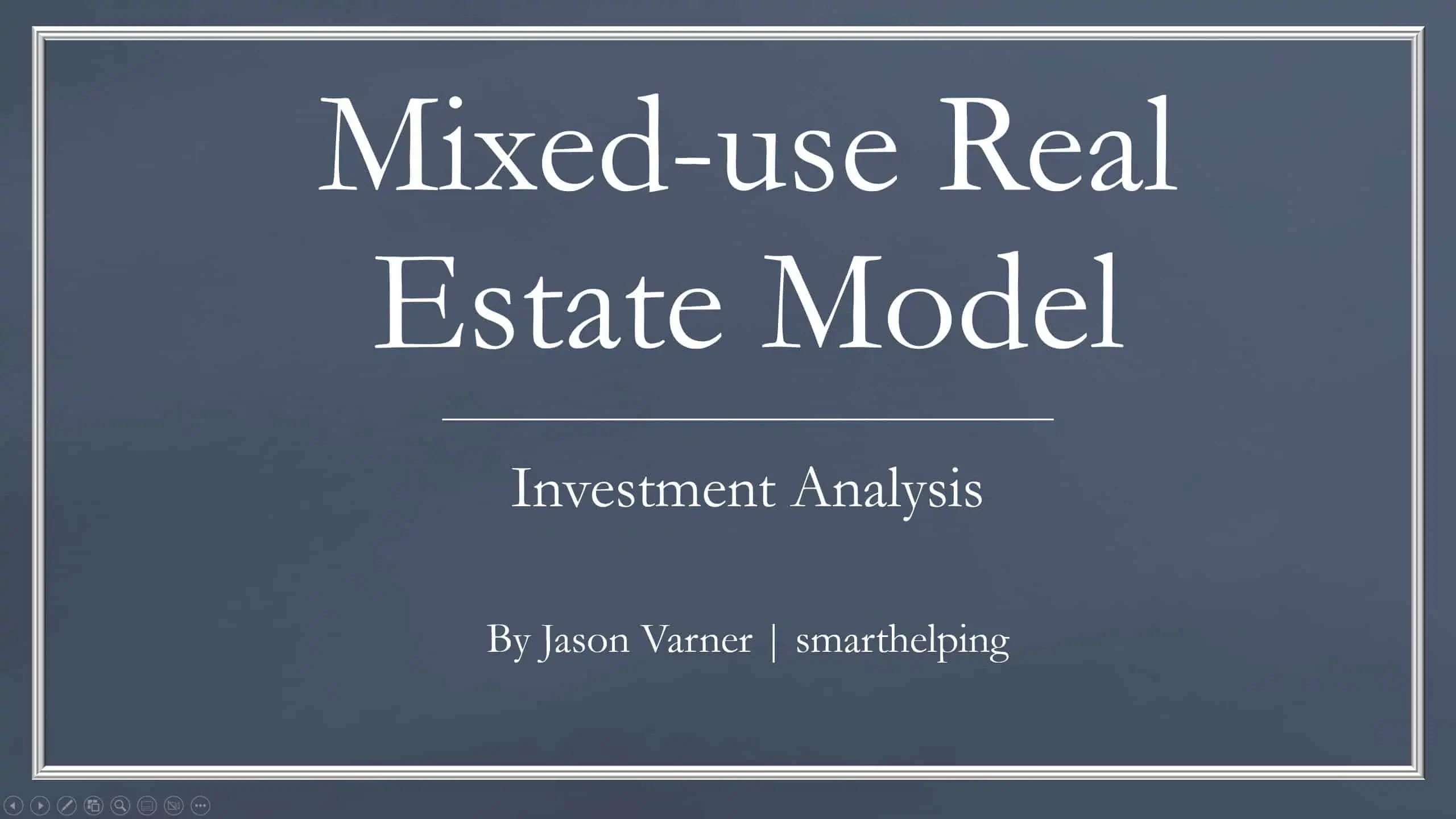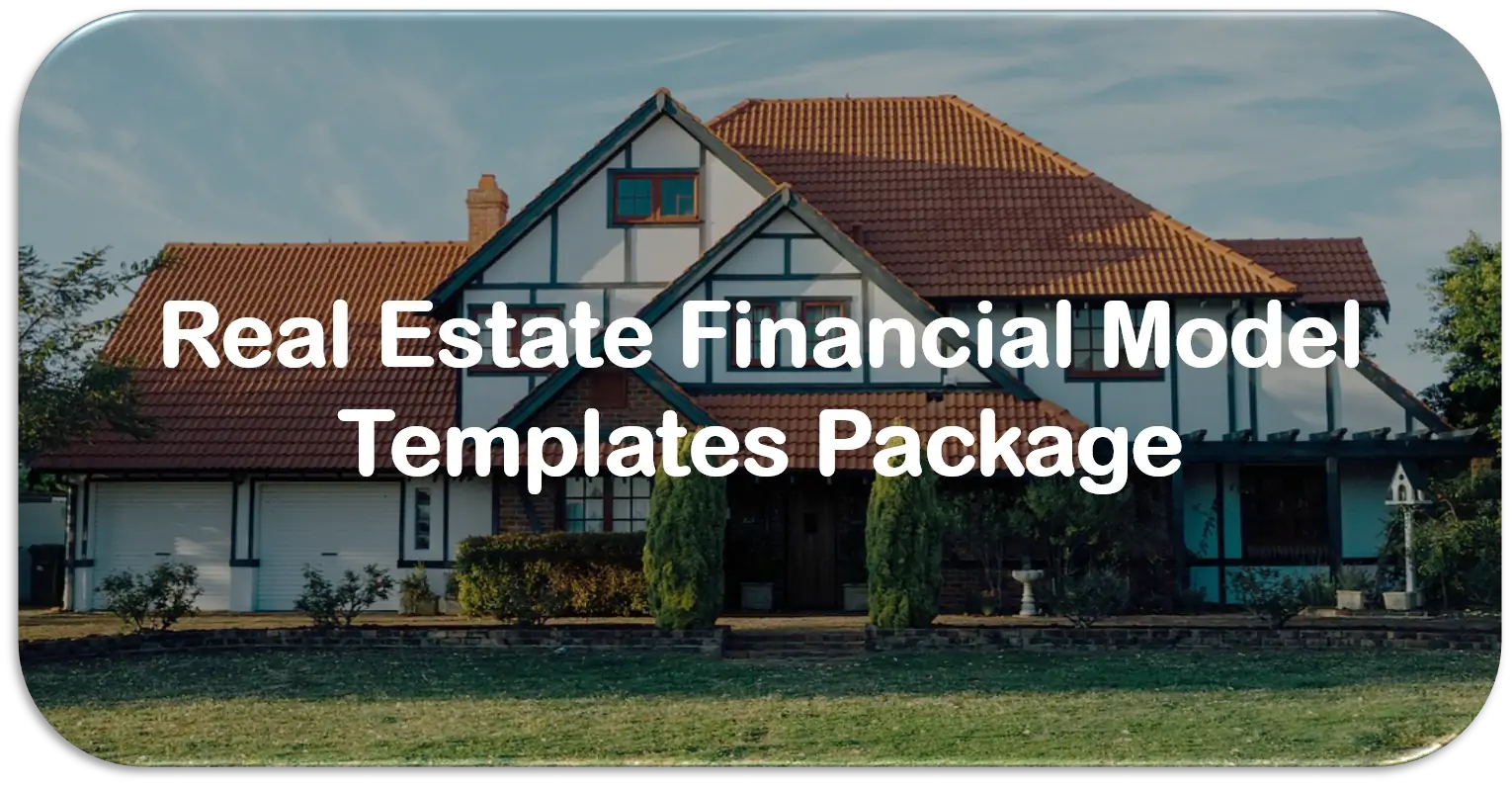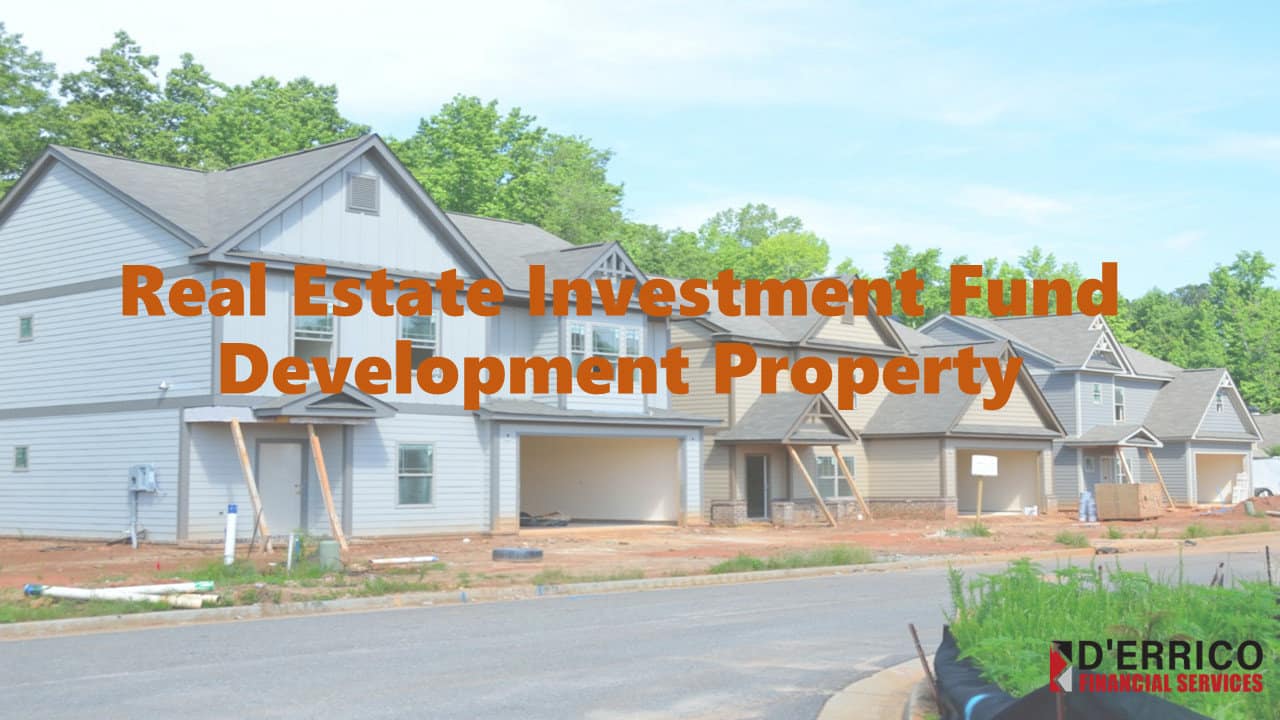Residential “Build & Sell” Financial Model
A professional model for residential property construction (build & sell)

This is a detailed, well-structured and transparent cash flow model for the development of a multi-family residential building. The model features clear navigation, color codes, and error checks. The business model covers the construction of a multi-family residential house with a subsequent sale of apartments to final owners.
The model includes the following investment stages:
1. Acquisition. Although the major investment is in construction CAPEX, there could also be certain initial acquisition costs. The models allow you to set the acquisition date, price, and fixed & variable transaction costs.
2. Construction CAPEX. You can set the amount and timing of various CAPEX items.
3. Sale. The model allows one to specify the prices by type of apartment, set the number of apartments of every type, and the sale period.
4. Distribution of profits between shareholders. The model calculates returns to a preferred partner if there is one in the project. It then uses a 4-hurdle carried interest waterfall to calculate the distributions between General Partner (GP) and Limited Partner (LP).
The model assumes the investment will be financed by equity and loan. The following funding structure is considered:
– Acquisition loan to finance the initial acquisition and construction. You can set the interest rate, amortization period, interest-only period, arrangement, and early repayment fees. You can also choose the loan-to-value (LTV) ratio for the asset and for the renovation costs.
– Mezzanine loan. This loan is drawn at acquisition to bridge any potential gaps in funding. Repaid at exit.
The model produces the cash flow statements at the asset and investor levels. it also calculates key profitability metrics (IRR, equity multiple, gross return, DSCR, peak equity required amount, and date) for every investor.
Sensitivities. The model includes numerous inputs you can change to see the effect on profitability and cash flows. There is also a data table that shows the IRR and equity multiple at various exit dates and shares of CAPEX financed by debt assumptions.
The model is accompanied by professionally designed magazine-quality charts to illustrate the findings of the analysis.
File Types:
- Excel Model Template with Instructions – .xlsx
- Detailed eBook/Guide – .pdf
Similar Products
Other customers were also interested in...
Mixed-Use Real Estate Model: Leverage / JV Options
A general real estate model to plan all assumptions for up to 7 'uses' for a given property. Include... Read more
Real Estate Financial Model Bundle
This is a collection of financial model templates that provides the financial projections and valuat... Read more
Real Estate Financial Model Templates Package
This is a collection of ready-made Excel financial model templates for real estate businesses and it... Read more
Real Estate – Multiphase Land Development
Raw land development projects: The model is specifically designed for analyzing and evaluating the f... Read more
Residential “Build-Hold-Sell” Financial Model
This is a detailed, well-structured and transparent cash flow model for the development of a multi-f... Read more
Senior Living Development – 10 Year Financial Mo...
Senior living apartments are just that – apartments (townhouses and condos may also fall in this c... Read more
Construction / Development Financial Model
Development & Construction Model presents the case where a property with multiple residential un... Read more
Real Estate Investment Fund – Development Pr...
This model projects monthly future cash flows from development properties in a Real Estate Investmen... Read more
Condominium Development – Dynamic 10 Year Fi...
A condominium (or condo for short) is a building structure divided into several units that are each ... Read more
You must log in to submit a review.





























